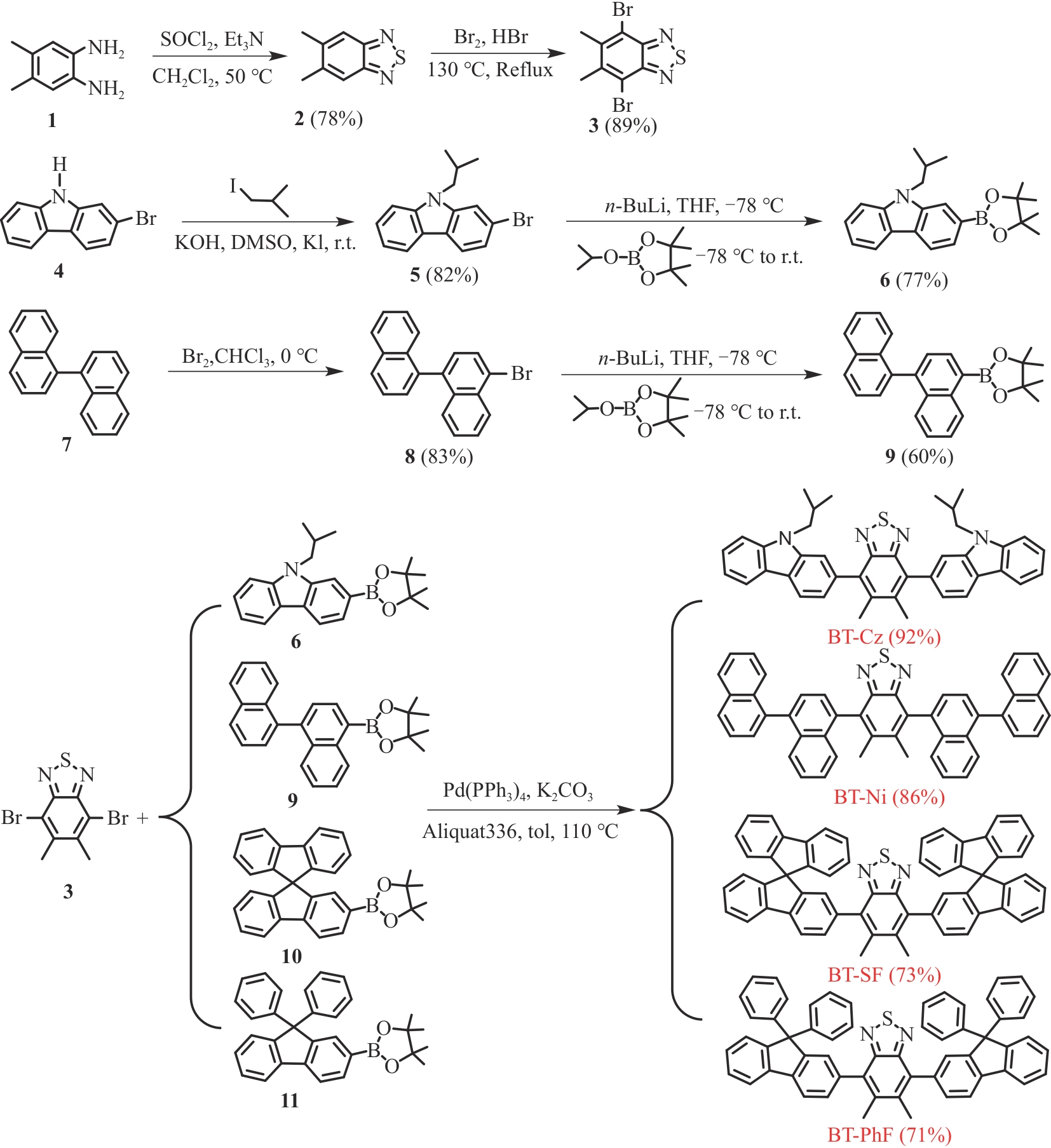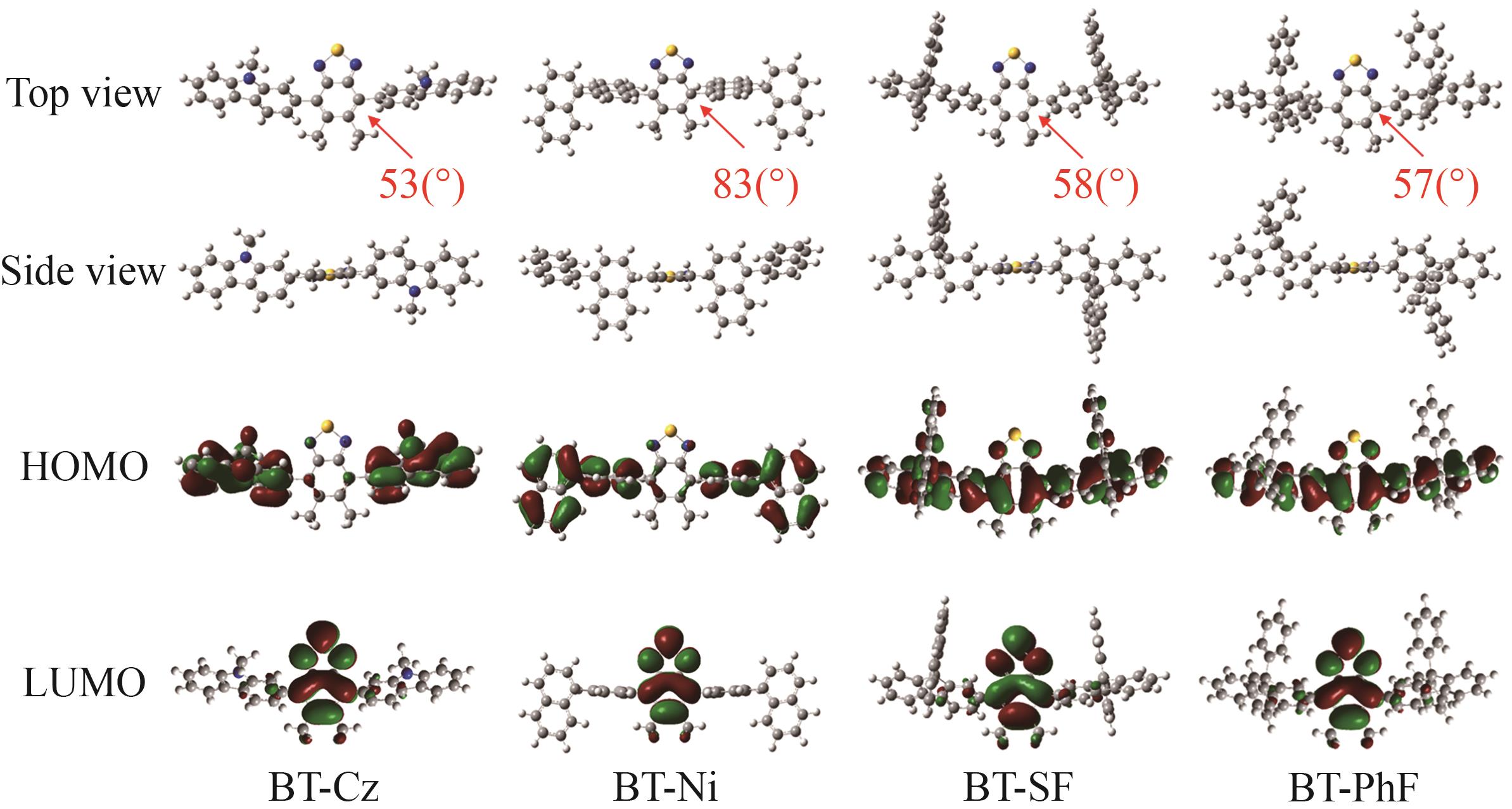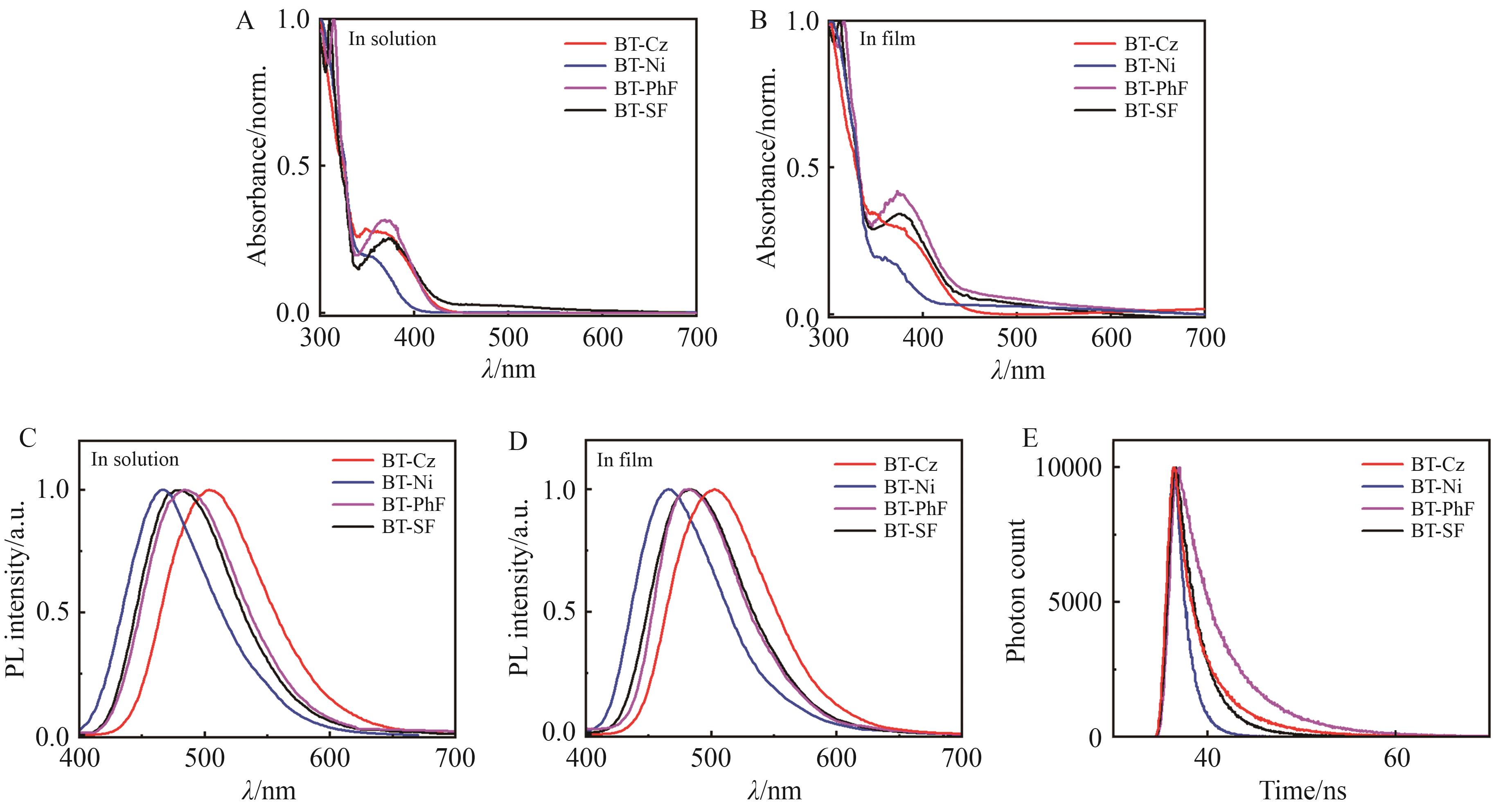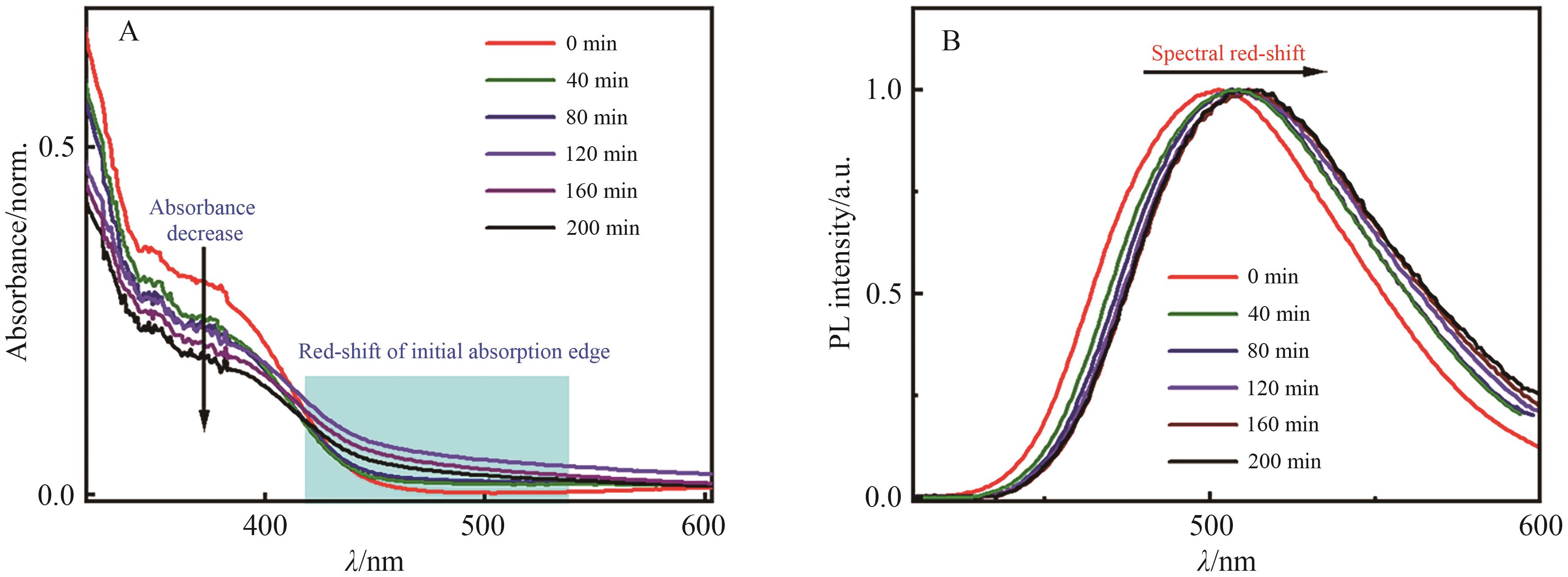| 1 |
BUTT I, BALUSHI M K A, LEE S H, et al. Four decades of counterfeit research: a bibliometric analysis[J]. Cogent Business Manage, 2023, 10(3): 2284814.
|
| 2 |
LI X F, ZHOU W, LIU Y C, et al. Design and assembly of AIE-active fluorescent organic nanoparticles for anti-counterfeiting fluorescent hydrogels and inks[J]. Chem Commun, 2022, 58(82): 11547-11550.
|
| 3 |
LEEM J W, KIM M S, CHOI S H, et al. Edible unclonable functions[J]. Nat Commun, 2020, 11(1): 328-338.
|
| 4 |
ZHANG H Y, HUA D W, HUANG C B, et al. Materials and technologies to combat counterfeiting of pharmaceuticals: current and future problem tackling[J]. Adv Mater, 2020, 32(11): 1905486.
|
| 5 |
KALYTCHUK S, WANG Y, POLÁKOVÁ K, et al. Carbon dot fluorescence-lifetime-encoded anti-counterfeiting[J]. ACS Appl Mater Interfaces, 2018, 10(35): 29902-29908.
|
| 6 |
LI X, XIE Y J, SONG B, et al. A stimuli-responsive smart lanthanide nanocomposite for multidimensional optical recording and encryption[J]. Angew Chem Int Ed, 2017, 56(10): 2689-2693.
|
| 7 |
JIANG K, HU S Z, WANG Y C, et al. Photo-stimulated polychromatic room temperature phosphorescence of carbon dots[J]. Small, 2020, 16(31): 2001909.
|
| 8 |
LI M L, YANG W T, CHE G, et al. Dye-encapsulated lanthanide metal-organic framework-based photonic crystals for multilevel optical anticounterfeiting application[J]. ACS Appl Opt Mater, 2023, 1(1): 306-313.
|
| 9 |
LIU Y W, ZHAO K L, REN Y B, et al. Highly plasticized lanthanide luminescence for information storage and encryption applications[J]. Adv Sci, 2022, 9(7): 2105108.
|
| 10 |
LIN W Y, YUAN L, CAO Z M, et al. Through-bond energy transfer cassettes with minimal spectral overlap between the donor emission and acceptor absorption: coumarin-rhodamine dyads with large pseudo-stokes shifts and emission shifts[J]. Angew Chem Int Ed, 2010, 49(2): 375-379.
|
| 11 |
KUMAR P, DWIVEDI J, GUPTA B K. Highly luminescent dual mode rare-earth nanorod assisted multi-stage excitable security ink for anti-counterfeiting applications[J]. J Mater Chem C, 2014, 2(48): 10468-10475.
|
| 12 |
WANG Q, CHEN G X, YU Z H, et al. Photoluminescent composites of lanthanide-based nanocrystal-functionalized cellulose fibers for anticounterfeiting applications[J]. ACS Sustainable Chem Eng, 2018, 6(11): 13960-13967.
|
| 13 |
YU J L, CHEN Z J, ZHU Y Q, et al. Solid-state room-temperature phosphorescence activated by the end-capping strategy of cyano groups[J]. Aggregate, 2024, 5(4): e562.
|
| 14 |
LEE Y T, CHAN C Y, MATSUNO N, et al. Bright, efficient, and stable pure-green hyperfluorescent organic light-emitting diodes by judicious molecular design[J]. Nat Commun, 2024, 15(1): 3174-3182.
|
| 15 |
ZHAO W J, LIU Z Y, YU J, et al. Turning on solid-state luminescence by phototriggered subtle molecular conformation variations[J]. Adv Mater, 2021, 33(2): 2006844.
|
| 16 |
JOVAIŠAITĖ J, KIRSCHNER S, RAIŠYS S, et al. Diboraanthracene-doped polymer systems for colour-tuneable room-temperature organic afterglow[J]. Angew Chem Int Ed, 2023, 62(4): e202215071.
|
| 17 |
CAI X L, XUE J N, LI C L, et al. Achieving 37.1% green electroluminescent efficiency and 0.09 eV full width at half maximum based on a ternary boron-oxygen-nitrogen embedded polycyclic aromatic system[J]. Angew Chem Int Ed, 2022, 61(23): e202200337.
|
| 18 |
SALUNKE J K, WONG F L, FERON K, et al. Phenothiazine and carbazole substituted pyrene based electroluminescent organic semiconductors for OLED devices[J]. J Mater Chem C, 2016, 4(5): 1009-1018.
|
| 19 |
ZHANG Y M, ZHOU X, ZHOU C J, et al. High-efficiency organic electroluminescent materials based on the D-A-D type with sterically hindered methyl groups[J]. J Mater Chem C, 2020, 8(20): 6851-6860.
|
| 20 |
SONG X J, WANG M, KONG L Q, et al. Effects of the acceptor pattern and substitution position on the properties of N-phenyl-carbazolyl based donor-acceptor-donor molecules[J]. RSC Adv, 2017, 7(30): 18189-18198.
|
| 21 |
WAKABAYASHI P S S, DUARTE R D C, DUARTE L G T A, et al. Synthesis and thermal, electrochemical, and photophysical investigation of carbazole/diphenyl benzothiadiazole-based fluorophores[J]. Dyes Pigm, 2020, 182: 108668-108677.
|
| 22 |
WANG Q W, JIANG L, WONG W Y. Synthesis, characterization and photophysics of polyplatinaynes based on bis(9,9-dibutyl-2,7-fluorenyl)-2,1,3-benzothiadiazole derivatives[J]. J Organomet Chem, 2023, 1000: 122875-122882.
|
| 23 |
RATHA R, AFROZ M A, GUPTA R K, et al. Functionalizing benzothiadiazole with non-conjugating ester groups as side chains in a donor-acceptor polymer improves solar cell performance[J]. New J Chem, 2019, 43(10): 4242-4252.
|
| 24 |
FAGGI E, SEBASTIÁN R M, PLEIXATS R, et al. Direct assembly of polyarenes via C-C coupling using PIFA/BF3·Et2O[J]. J Am Chem Soc, 2010, 132(51): 17980-17982.
|
| 25 |
FARHANG M, AKBARZADEH A R, RABBANI M, et al. A retrospective-prospective review of Suzuki-Miyaura reaction: from cross-coupling reaction to pharmaceutical industry applications[J]. Polyhedron, 2022, 227: 11612-11634.
|
| 26 |
YAMAGUCHI M, ITO S, HIROSE A, et al. Control of aggregation-induced emission versus fluorescence aggregation-caused quenching by bond existence at a single site in boron pyridinoiminate complexes[J]. Mater Chem Front, 2017, 1: 1573-1579.
|

 ), Jun LIU1,2(
), Jun LIU1,2( )
)



